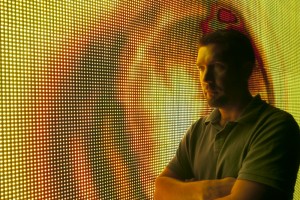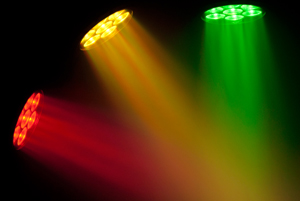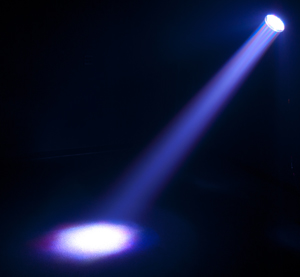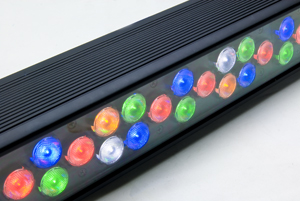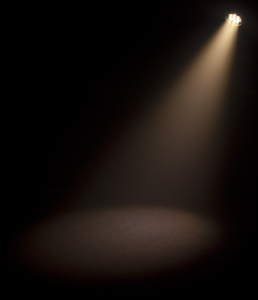Tech Talk: Right Fixture in Your Design
Posted on February 28, 2012Written by Mike Graham, product manager for CHAUVET Professional
So here we are, LEDs are everywhere: RGB, RGBW, RGBWA, tri-colored, quad-colored, color temperature control. And what do we do with it all? Is there a standard for all of these colors and lensing combinations across the industry? Absolutely!….not. So, how is a designer or specifier supposed to know what to use with this vast sea of gear that is out there? Is there a shining beacon of hope, and if there is indeed, how many LEDs are in it and what wattage are they? A common question that I get is, “How do I get the incandescent crowd to understand and use LED fixtures?” That, my friends, is a really hard question to answer. I usually start with another question: “What is their design goal?” The suggestions below come after years of experience, so read them carefully:
1. Tricks for front lighting. If I am looking to do front light, then I need to be able to blend colors easily. For this, I am going to use tri-colored LEDs from a shorter throw distance. COLORado 1-Tri Tour is a great light for the first electric. The 25-degree beam angle lends itself nicely to about a 20-foot throw—distance from the light source to the object being lit—and will create a perfectly homogenized color blend. For a longer throw, I would look towards the COLORado 1-Quad Tour. Featuring RGBW LEDs, and an 11-degree beam angle, it is good for the house electric and can easily have a throw distance of 35 to 40 feet.
2. Know how to maintain flexibility. If I need something that is more flexible, I am going to switch up to the COLORado Zoom fixtures. COLORado Zoom Tour is great for distances of about 30 feet or less. Having the ability to adjust the beam angle by DMX, it allows the designer to use this as a utility fixture. Because of the zooming feature, the pool of light is really even, so it can be used as anything—from a side light, to front light, to downlight. With the zooming feature, you can even use it as an effect light from behind, to fake an iris effect. If you are shooting from a longer distance, then grab the COLORado 2 Zoom Tour. Same DMX layouts and field characteristics as the COLORado Zoom Tour, but a lot more output.
3. Cyc lighting is easy! If you are trying to light a cyc or your have to replace border lights, then take a look at the COLORado Batten 72 Tour and COLORado Batten 144 Tour linear wash lights. COLORado Batten 72 Tour makes a great downlight, as well as a foot light. Having the standard 30-degree beam and RGBWA LEDs, it can mix to any hue or saturation that a designer may wish to create. If you need to have a combined power of 15- and 30-degree lensing, the COLORado Batten 144 Tour will fit the bill. This guy came from a customer suggestion to double the power of the COLORado Batten 72 Tour, thus able to do higher cycs of 40 or more feet evenly. In this case, mission accomplished.
4. Ideas for studio lighting. For the studio crowd, we have just unleashed the latest COLORado fixtures. COLORado Zoom CW Tour and COLORado Zoom WW Tour are just what the director of photography needs. These lights are designed with the limitations of binning in mind, giving off the perfect blend of color temperatures for both daylight and tungsten applications. Depending on what your environment is, we have you covered. Because of the zooming functionality, both of these fixtures are hands-down winners for the studio scene. Combining the zoom and the ability to get a higher output of either warm or cool color temperatures offers the most flexibility possible to lower the amount of fixtures needed to light a set. Perfect for indoor or outdoor applications, these lights are well worth taking a look at.
So, next time a designer asks you why they should take a look at LED lighting, you have a solid answer: “I can show you any color you like! Oh, and what beam angle where you looking for?”
